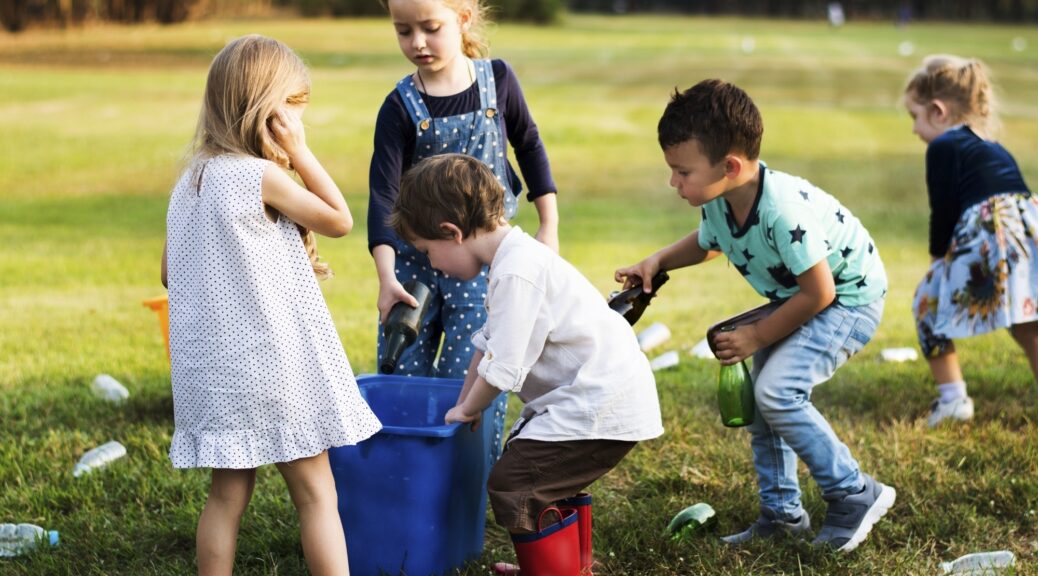Climate change is one of the most pressing global issues of our time, with far-reaching impacts on the environment, economy, and society. As the effects of climate change become increasingly apparent, the need for comprehensive climate change education has never been more critical. Educating students about climate change not only raises awareness about environmental challenges but also empowers them to take action and become advocates for a sustainable future. This article explores the importance of climate change education and highlights effective teaching strategies to enhance learning in schools.
The Importance of Climate Change Education
Climate change education is essential for several reasons. Firstly, it equips students with the knowledge and understanding necessary to comprehend the complexities of climate change and its impacts on the world. By learning about the science behind climate change, students can grasp how human activities contribute to global warming and environmental degradation. This understanding lays the foundation for informed decision-making and responsible citizenship.
Secondly, climate change education fosters critical thinking and problem-solving skills. Students are encouraged to analyze data, evaluate evidence, and consider various perspectives on climate issues. This analytical approach helps them develop the ability to assess the validity of information and make informed choices in their personal and professional lives.
Moreover, climate change education promotes a sense of responsibility and empowerment. When students learn about the consequences of climate change, they become more conscious of their own actions and the impact they have on the environment. This awareness can inspire them to adopt sustainable practices and advocate for policies that address climate change at local, national, and global levels.
Social Impacts of Climate Change Education
The social impacts of climate change education are profound. By raising awareness and understanding of climate change, education can bridge gaps between communities and foster collaboration. Students who are educated about climate change are more likely to engage in discussions with their peers, families, and communities, spreading awareness and encouraging collective action.
Furthermore, climate change education can help reduce climate-related inequalities. Vulnerable communities often bear the brunt of climate change impacts, facing challenges such as food insecurity, displacement, and health risks. By educating students about these issues, schools can cultivate empathy and inspire students to work towards social and environmental justice.
Effective Teaching Strategies for Climate Change Education
To effectively teach climate change in schools, educators can employ a variety of strategies that engage students and encourage active participation:
- Interdisciplinary Approach: Climate change is a multifaceted issue that intersects with science, geography, economics, and social studies. Integrating climate education across subjects allows students to see the interconnectedness of the issue and appreciate its complexity.
- Project-Based Learning: Engaging students in hands-on projects related to climate change can deepen their understanding and foster creativity. Projects can include designing sustainable solutions, conducting experiments, or participating in local environmental initiatives.
- Use of Technology and Multimedia: Incorporating technology and multimedia resources, such as videos, simulations, and interactive maps, can enhance student engagement and understanding. These tools provide visual and interactive experiences that make learning about climate change more accessible and relatable.
- Guest Speakers and Field Trips: Inviting experts in environmental science and policy to speak with students can provide real-world insights and inspire future careers in sustainability. Additionally, field trips to natural areas or renewable energy facilities can offer experiential learning opportunities.
- Encouraging Action and Advocacy: Empower students to take action by organizing climate-focused campaigns, clubs, or events within the school or community. Encouraging students to voice their concerns and ideas helps them feel invested in the fight against climate change.
Conclusion
Climate change education is a vital component of preparing students to navigate the challenges of the 21st century. By equipping young people with the knowledge, skills, and motivation to address climate change, we can create a generation of informed and empowered citizens committed to building a sustainable and equitable future. Through effective teaching strategies, educators can inspire students to become leaders and advocates for positive environmental and social change.
